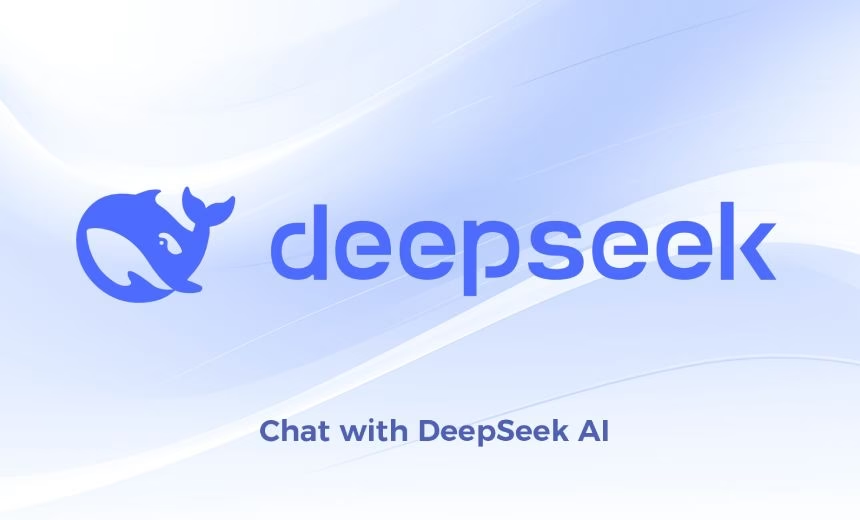How DeepSeek’s low-cost AI model is challenging global tech giants.
The world of artificial intelligence is buzzing with excitement as a Chinese startup, DeepSeek, enters the global stage. This young company has managed to disrupt the AI industry with its groundbreaking model, DeepSeek-R1. What makes it special? It delivers cutting-edge performance at a fraction of the cost.
DeepSeek’s Impressive Efficiency
DeepSeek has redefined AI efficiency. Unlike many AI models that require massive computing resources, this model operates with just one-tenth of the computational power. The investment? Only $6 million, compared to the estimated $100 million spent on developing similar tools like OpenAI’s ChatGPT. This makes it a game-changer in a market dominated by giants.
Moreover, DeepSeek’s approach aligns with growing global concerns about the environmental impact of AI, as highlighted in this study on AI energy consumption. By reducing the computational power required, DeepSeek is setting an example for a more sustainable AI future.
A Rapid Rise to Success
Founded in 2023 by Liang Wenfeng, DeepSeek quickly captured the attention of the tech world. By January 2025, the company had released its first free chatbot app for iOS and Android. Within a week, it became the most downloaded free app on the U.S. App Store, surpassing ChatGPT.
This success caused ripples across the tech industry. For example, Nvidia, a major supplier of hardware for AI models, saw its shares drop by 18%. This demonstrates how disruptive innovations can reshape markets overnight.

What This Means for the AI Industry
DeepSeek’s rise signals a shift in the AI landscape. Large investments and big infrastructures are no longer the only paths to innovation. Smaller companies like DeepSeek can now enter the field with creative solutions and efficient models, challenging the dominance of companies such as Google AI and OpenAI.
As noted in this Forbes article on AI innovation, the ability to create cost-effective models could democratize access to AI tools, benefiting businesses of all sizes.
Challenges and Opportunities Ahead
While DeepSeek’s success is impressive, challenges remain. Competing with established giants means facing obstacles in scaling operations, securing funding, and maintaining a competitive edge. However, its success story could inspire other startups to focus on efficiency and cost-effectiveness, reshaping the future of AI.
Additionally, governments and organizations worldwide are closely watching the rise of AI players like DeepSeek. The implications for global AI regulation, highlighted in this World Economic Forum report, will be critical for the industry’s growth.
DeepSeek’s Vision for the Future
Looking ahead, DeepSeek aims to expand its portfolio of AI solutions and bring its technology to new markets. By prioritizing innovation and accessibility, the company is poised to play a key role in shaping the future of AI.

Conclusion
DeepSeek has proven that innovation isn’t just about money—it’s about efficiency, vision, and adaptability. With its low-cost, high-performance model, the company is setting a new standard in the AI industry. As DeepSeek continues to grow, it will be fascinating to see how this shift influences the strategies of other companies.
What do you think about DeepSeek’s disruptive approach? Share your thoughts in the comments below!





